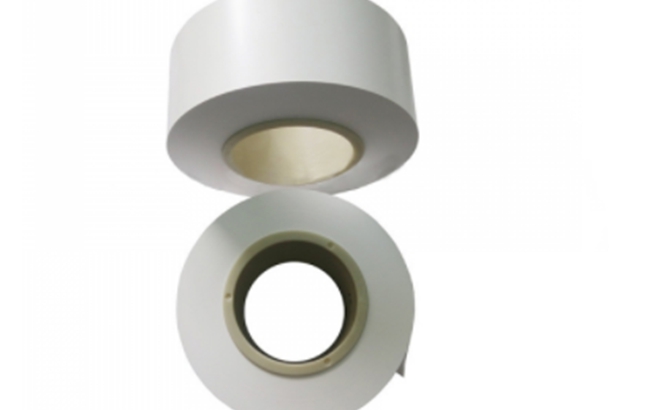The importance of ceramic coated separators for lithium batteries
Dec 10, 2021The main function of the separator is to separate the positive and negative electrodes of the lithium battery to prevent the two poles from contacting and short-circuit. In addition, it also has the function of allowing electrolyte ions to pass through. The performance of the diaphragm determines the interface structure and internal resistance of the battery, which directly affects the battery's capacity, cycle, and safety performance.
Traditional polyethylene (PE) and polypropylene (PP) organic separators, in actual use, will have problems of low melting point and insufficient mechanical strength, and will easily cause battery short circuit under extreme conditions. Due to the advantages of inorganic ceramic materials such as high melting point, good chemical stability, and good affinity with electrolyte, composite diaphragms improved by ceramic coating (organic materials as the base film and ceramic particles as the coating material) have attracted attention.
Ceramic-coated special diaphragm: PP, PE or multilayer composite diaphragm is used as the substrate, and the surface is coated with a layer of nano-aluminum oxide material. After a special process, it adheres tightly to the substrate. Significantly improve the high temperature resistance and safety of lithium-ion batteries. The ceramic-coated special diaphragm is particularly suitable for power batteries.
Ceramic-coated lithium battery separator improves battery safety
Ceramic-coated lithium battery separators will have a wide range of applications. It is an important means to solve the safety problems of lithium batteries, and it is also a direction for the development of lithium battery separators in the future. Solving the safety problem of lithium batteries has become the main development direction of the future separator, and the coated separator is a main choice to meet the safety requirements of lithium batteries.
After ceramic coating, the diaphragm basically covers 8%-10% of the pores and can withstand high temperatures of 240°C. Through the puncture test done by the customer, the safety of the ceramic diaphragm is indeed much better than that of the ordinary diaphragm used on the lithium battery.
Ceramic diaphragm is to coat nano-scale ceramic particles on the diaphragm. Its function is mainly to improve the heat-resistant shrinkage of the diaphragm and prevent the diaphragm from shrinking and causing a large-area short circuit. In addition, the low thermal conductivity of ceramics prevents some thermal runaway points in the lithium battery from expanding and forming an overall thermal runaway. Generally, it can withstand high temperatures around 200°C.
Characteristics of ceramic-coated lithium battery separators
1. Thermal stability
The morphology of the diaphragm itself will not change when it is baked at 150°C, and it can effectively prevent internal short circuits and improve safety performance.
2. Endurance
As the number of charging cycles increases, the capacity retention rate of the ceramic diaphragm is still relatively stable. Therefore, the excellent wettability and liquid retention of the ceramic diaphragm can improve the battery's capacity and its retention performance.
3. Stability
The ceramic membrane is coated with nano-TiO2 photocatalytic material. This material can slow down the accumulation and clogging of organic on the membrane surface, resist pollution, and improve the strength of the ceramic membrane tube and membrane filtration flux, so as to achieve a stable effect.
